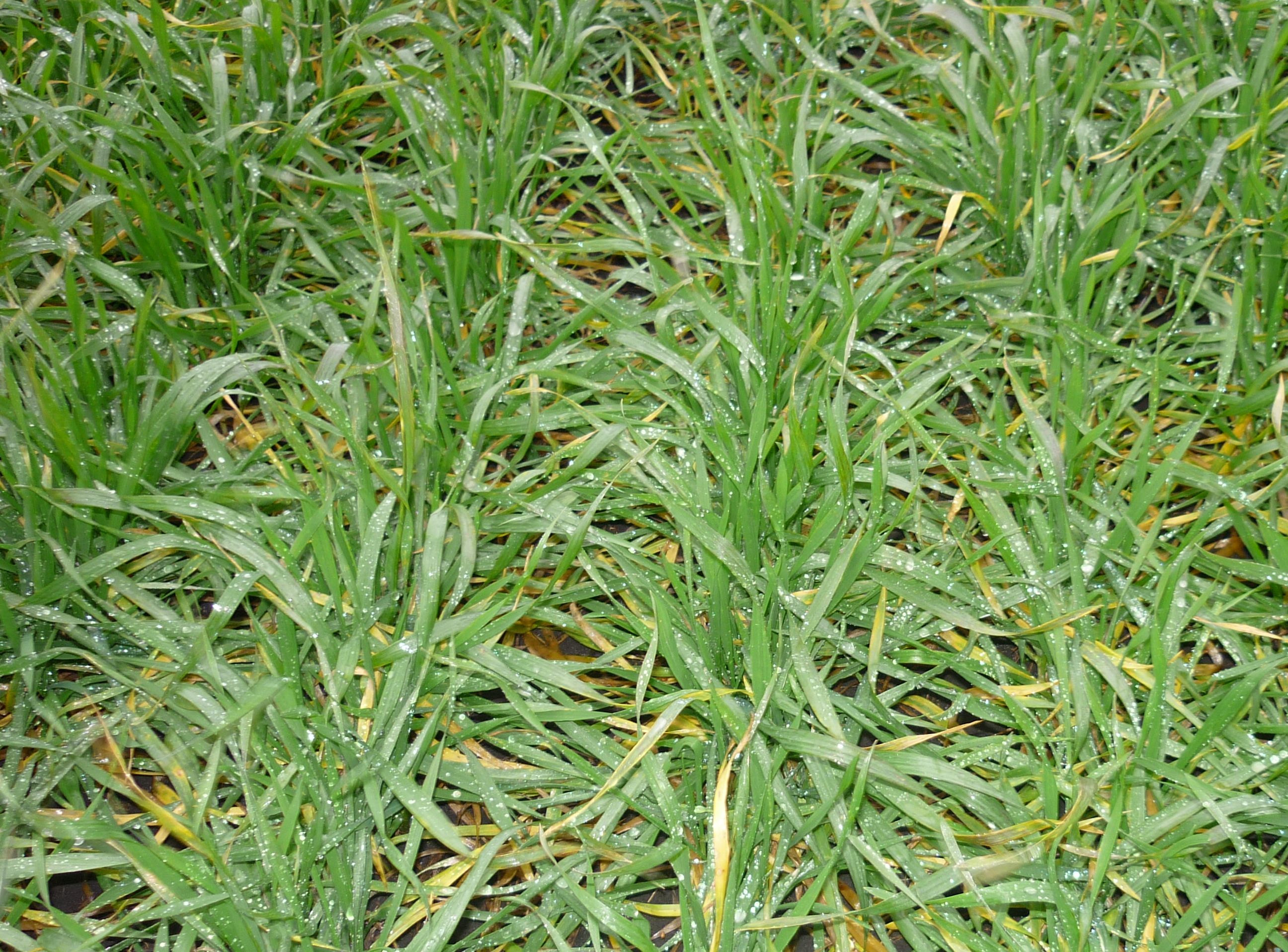In the European part of Russia, the average daily air temperature on February 1-10 was mostly 3-8°C above normal. Mild thaw occurred in most areas (up to +2…3°C in the daytime). Night air temperatures bottomed out at -30…-20°C in the eastern half of European Russia and at -10…-3°C in its western half. Most areas received 15-20 mm of precipitation during the ten days, reports UkrAgroConsult.
The snow cover height decreased to 20-45 cm in the west of the territory and rose in its eastern parts, locally to 60-85 cm and higher. The depth of soil freezing ranges largely from 12 to 40 cm, locally reaching 60-80 cm and deeper. The lowest soil temperature at the depth of winter grains’ tillering node (3 cm) was -3…-1°C, locally -7…-5°C in the south of the Volga federal district.
The agrometeorological conditions were mostly fair for the survival of winter grains. In some areas, they were still exposed to the risk of damage by rotting-out. Locally in the south, growth resumed in dormant crops, causing them to consume more nutrients for aspiration – this reduced winter hardiness of plants.
In the Southern and North Caucasian federal districts, daytime air temperature reached +6…8°C, while it was -3…2°C at night. Slow growth of winter grains was observed in the south, while they remained dormant in the north under normal conditions.




